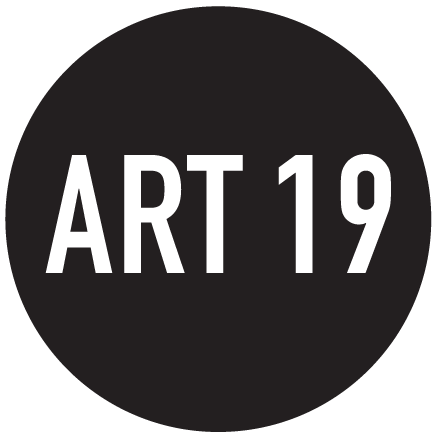The Statesman : Growing up as a woman in Asia, one becomes aware of ‘lines’ early on : Shilpa Gupta
She may refer to her craft as ‘Every day Art,’ however, Shilpa Gupta’s artistic expression is anything but “every day”. From cough syrup bottles to barrier tapes, her installations catapult mundane objects into powerful political statements.
Artist Shilpa Gupta.
She may refer to her craft as ‘Every day Art,’ however, Shilpa Gupta’s artistic expression is anything but “every day”. From cough syrup bottles to barrier tapes, her installations catapult mundane objects into powerful political statements.
Based in Mumbai for over two decades, and a graduate of Sir J J School of Fine Arts, she has carved a niche in contemporary art, where listening is as vital as seeing.
Her exhibition “Lines of Flight” is on display at the Ishara Art Foundation in Dubai till May 31.
Her art pieces are not the typical visual format of expression, rather Gupta’s installations often center around the act of listening as a basic gesture. From Faiz Ahmed Faiz’s poems to farmers’ songs, here moving sound acts as a form of defiance, turning it into an immersive process for the audience.
“I was always drawn to questions of perception and therefore transmission and language. Language becomes a site where the play of power unfolds – we see corporates or political parties who know and use /abuse its potential. This is the context from where the sound installation ‘Listening Air’ emerges,” she said in an email interview to The Statesman.
Her art explores the rigidity of borders, be it geographical or social. She links this depiction of multiple “Lines of Flight” (title of her work) to her femininity.
“Growing up as a woman in South Asia, one becomes aware of lines early on,” she notes. “And where boundaries exist, methods to navigate and negotiate them inevitably emerge. After all, mobility is intrinsic to being human—one of the first things we did as a species was stand up and walk.”
Gupta’s work continually returns to the central theme of her latest exhibition – the cagey man-made lines.
Curator Sabih Ahmed, who is also the director of Ishara Foundation, describes the featured work as engaging with “vector lines”—those that leap beyond rigid borders, carrying hope, aspiration, and even desperation. The exhibition critiques the very absurdity of borders, exposing how artificial these demarcations can be.
As Gupta reflects on her artistic journey from 2006 to the present, a singular thing stands out. Amidst a medley of ordinary objects making sharp political statements, a constant thread in her work has been the study of the “relationship of the individual with themselves and to their surroundings.”
Her compositions may rely on unconventional techniques, to project the much-needed messages, but Gupta never drifts into abstraction for its sake of artistic vanity. Her deeply researched installations draw from real-life narratives.
Written by Koushiki Saha for https://www.thestatesman.com/.

